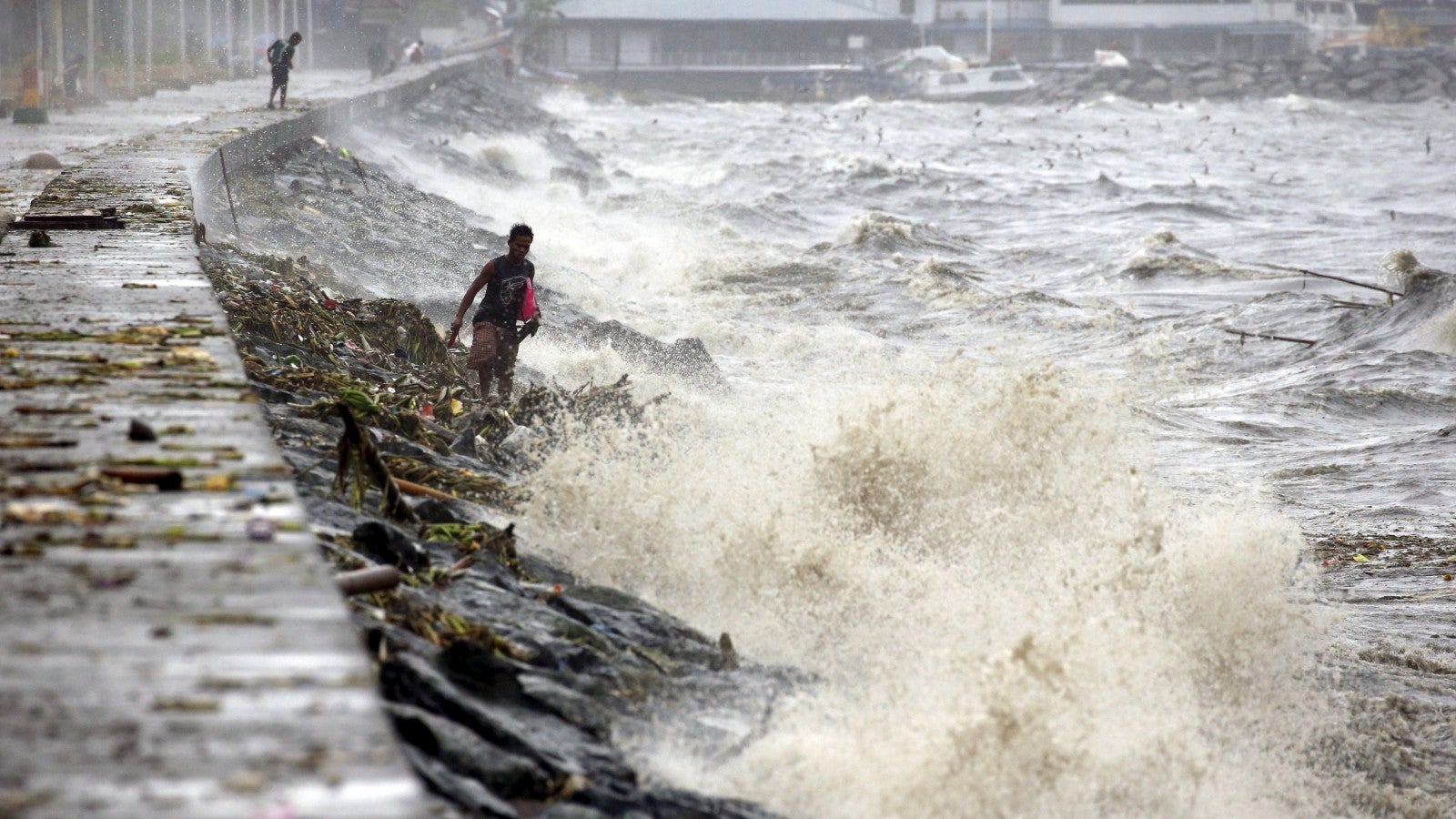Climate change could drive 100 million more people into extreme poverty
Considering climate-change policy separate from poverty-reduction policy is pointless, according to the World Bank. In a report (pdf) released on Sunday, Nov. 8, the global organization warned that if the two problems weren’t tackled together, 100 million more people could find themselves facing “extreme” poverty by 2030.


Considering climate-change policy separate from poverty-reduction policy is pointless, according to the World Bank. In a report (pdf) released on Sunday, Nov. 8, the global organization warned that if the two problems weren’t tackled together, 100 million more people could find themselves facing “extreme” poverty by 2030.
The World Bank defines extreme poverty as living at or below an income of $1.90 per day (the number changed this year, from $1.25 previously, to take account of inflation). Efforts to improve conditions for some of the world’s poorest people have been effective, the Bank said in October: for the first time, less than 10% of the world’s population is living in extreme poverty, they said.
But lack of climate-change mitigation could change that. The Bank said that the poorest people on earth are also the most vulnerable to the problems related to climate change, including extreme weather events, food-price spikes, and diseases—like malaria—that have a relationship with environmental conditions.
Poverty reduction “is not a one-way street,” the report’s authors write.
“Many people exit or fall back into poverty each year. The poor live in uncertainty, just one natural disaster away from losing everything they have.”
The Bank modeled two scenarios for how the world could mitigate the effects of greenhouse gas emissions in the next 15 years. They note that this isn’t about stopping climate change or halting its effects, though that is a longer-term goal. With mitigation in place alongside other policies, they say a 2030 world in which only 3% of the global population is extremely poor is possible (down from 9.6% today).
In the worst-case scenario, an additional 133 million people who would otherwise have been in a higher income bracket sink to the lowest income level.